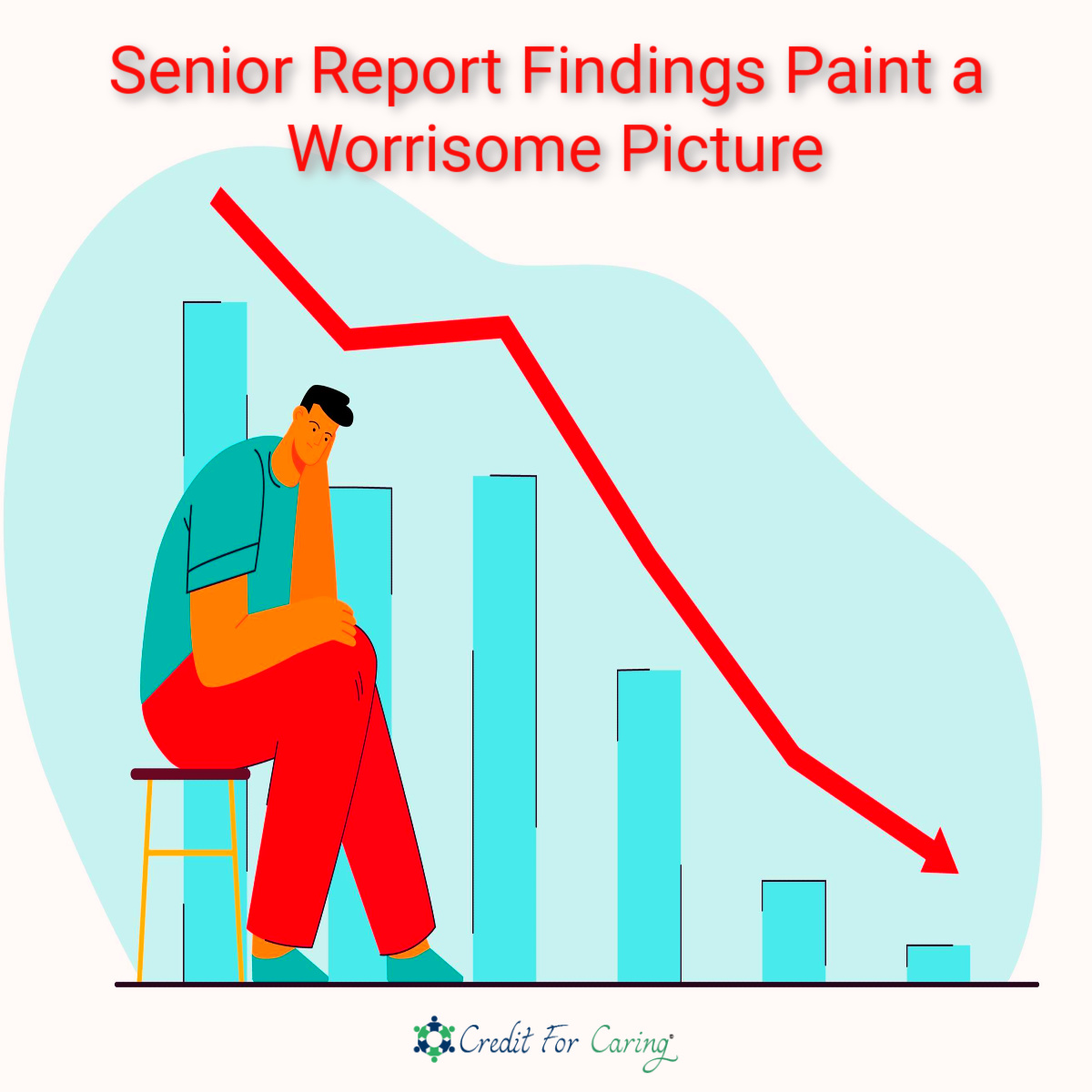
Senior Report Findings Paint a Worrisome Picture
Our world is filled with information, some useful and some is not. Social media viewing fills our brains with what we want to hear, otherwise we swipe right past what we don’t want to hear or read. My hope is you will stick with me through the bad stuff and get to the exciting innovations that show great promise for the future.
State by State Portrait of Well-Being
UnitedHealth Foundation released their Senior Report which “provides a portrait of health and well-being of older adults across the United States.” I have included a link to the report so that you can read the entire work for yourself. Spoil alert, I am looking for a home in Utah.
The Pandemic Set Us Back
Many of the Senior Report health indicators went in the wrong direction in the last five years. Drug deaths and use were up by forty-three percent. Let that sink in, people over age 65 are addicted and dying from substance abuse at higher rates despite of public campaigns and law enforcement efforts to curb access. The rates are not the same everywhere, in fact this report rates Maryland as having the highest (16.6%) and Nebraska the lowest (3.9%). The early death rate of senior adults highlights another negative trend thus reversing a decade long increase in life expectancy. Centers for Disease Control and Prevention (CDC) data estimates that premature death, that is due to preventable causes, rose by forty-eight percent from 2021 to 2022.
Care Cost Are Rising
The Centers for Medicare and Medicaid (CMS) Center for Health Expenditures tracks and interpret massive amounts of data. Last month CHE released their 2021 findings showing an increase in of 2.7% of the previous year (keep in mind, COVID accounts for much of the increase). For consumers, out-of-pocket spending by 10.4% in 2021.
Clearly, healthcare remains a significant driver of government, employer, and consumer expenses. However, CMS spending, by percentage, outpaced all others sectors, especially in the last decade as the baby boomer generation joined the Medicare rolls. The 65 years and older personal health spending in 2014 was nearly twenty-thousand dollars which is five times the spending per child and three time the spending for middle-aged working adults.
And Now for Some Good News
Age-friendly communities and healthcare have a direct impact on our health and well-being. Geriatric research highlights the relationship between increased physical activity reduces cognitive decline and improves mental wellness. Reduced access to education, transportation, and employment results in increased physical distress according to the CDC which was up significantly in minority populations. Similarly, during the pandemic along with a rise in the number of people reporting multiple chronic health conditions. Those who need help the most of least able to afford care.
New Alzheimer’s Disease Treatment
The USA Food and Drug Administration approves Leqembi an intravenous injection that will slow the progression of Alzheimer’s Disease. The last promising therapeutic happened two decades ago. However, Leqembi comes with a ‘black box’ warning of potential lethal side effects. With rates of dementia disorders skyrocketing, this treatment brings hope for more and safer treatments to follow.
Genetic Research Using AI Tools
Healthcare is transforming into a twenty-first century field that is one part technology, one part engineering, one part medicine, and one-part medical ethics. Who benefits from these life-saving treatments? Cost and access issues currently separate the haves from the have-not in high-tech medicine.
Messenger RNA (mrna) -based COVID vaccines have accelerated drug development at rates we have never seen before. However, this innovation did not come from a lucky lab experiment, the mrna discovery comes from decades of cancer research. Today, cancer treatments saving lives on some of the deadliest cancers. This field is amazing and growing the field of personalized medicine. Crispr is a genetic engineering field addressing disease found in our DNA. This ten-minute video is filled with great information on the history and current genetic innovations (it’s fascinating!).
Glass is Half Empty or Half Full?
The United study highlights the dangers of falling behind due to the pandemic years. Rising healthcare costs and declining returns money spent has shortened the average life expectancy. Conversely the pandemic years accelerated medical breakthroughs targeting deadly diseases. So how do you see it? Is your glass half-empty or half-full?



